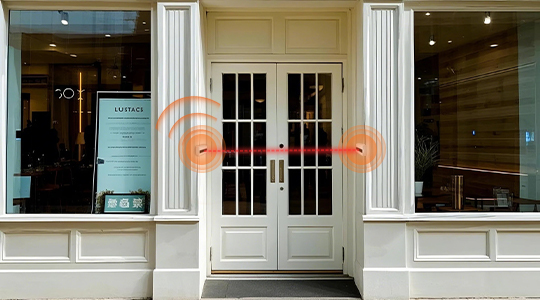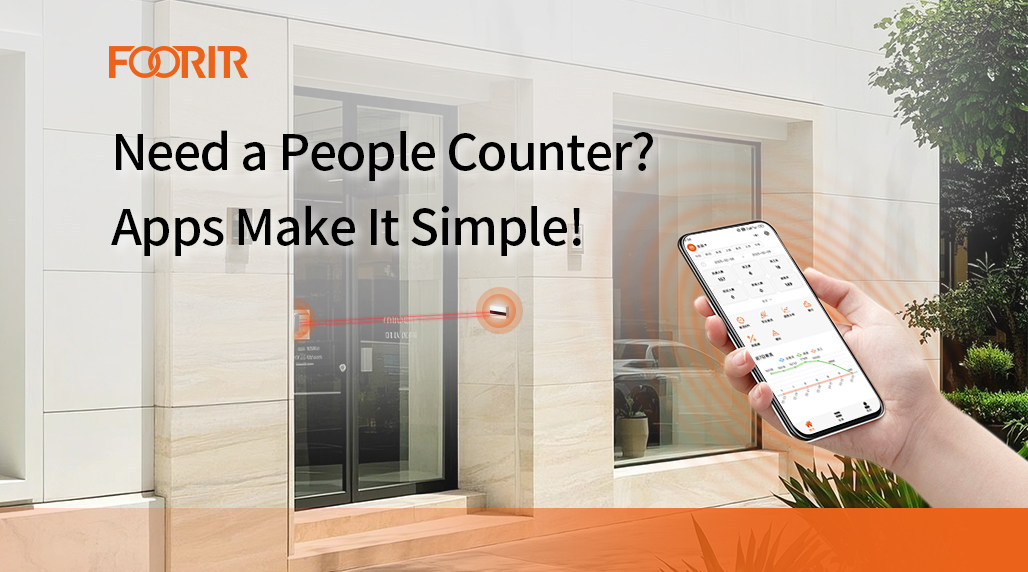Okay, so today I wanted to do something kinda cool and useful – make a thing that counts how many people walk through a doorway. And, because I’m all about that smart home life, I wanted it to talk to my phone. Here’s how it went down.
The Idea
I figured, why not use one of those infrared beam break sensors? You know, the ones that trigger when something walks through the beam. I’ve seen them used for all sorts of stuff, so counting foot traffic seemed like a no-brainer.
Getting the Parts
First, I grabbed a basic infrared beam break sensor. These are super cheap and easy to find. Then, because I’m a big fan of making things wireless, I picked up an ESP32 microcontroller. These little boards are awesome because they have Wi-Fi built-in, which is perfect for sending data to my phone.

Wiring It Up
Connecting everything was pretty straightforward. The sensor has three wires: power, ground, and signal. I connected the power and ground to the ESP32’s 3.3V and GND pins, respectively. Then, I hooked up the signal wire to one of the ESP32’s digital input pins. I chose pin 14, just because.
Coding the ESP32
This is where things got a little more involved. I used the Arduino IDE to write the code for the ESP32.
Basically, the code does a few things:
- It checks the sensor: It constantly monitors the digital input pin to see if the beam is broken.
- It counts: Every time the beam breaks, it increases a counter.
- It send data via wifi.
Building the Mobile App.
For showing live counter data, I use MIT App inventor 2 for making my andriod app. Its pretty easy to make and deploy to my phone.
Putting It All Together
Once I had the code uploaded and the app running, I tested everything out. I mounted the sensor on one side of my doorway and the reflector on the other. Then, I walked through the beam a few times. Boom! The counter on my app went up each time. Success!

Some Hiccups Along the Way
Of course, it wasn’t all smooth sailing. I had a few minor issues:
- False triggers: At first, the sensor was a little too sensitive. Sunlight or even shadows would sometimes trigger it. I fixed this by adjusting the sensor’s sensitivity (it has a little potentiometer for that) and making sure it was positioned away from direct light.
- Power consumption: Since the ESP32 is always on, it uses a bit of power. For a permanent setup, I’d probably want to optimize the code to use less power, or maybe even use a different microcontroller that’s designed for low-power applications.
Final Thoughts
Overall, I’m pretty happy with how this project turned out. It’s a simple but effective way to track foot traffic, and the integration with my phone makes it even cooler. There’s definitely room for improvement, but for a quick weekend project, I think it’s a win!
